By Amar Adiya (Mongolia)
Fiscal cuts and a coal boom steady the economy—for now. Prime Minister Gombojavyn Zandanshatar marked in September 2025 his first 100 days in office by claiming an economic turnaround. GDP growth jumped from 2.4% in the first quarter to 5.6% in the second. Foreign reserves rose from $5.38 billion in July to $5.7 billion in September.
The government hails this as a policy-driven miracle. In reality, it rests on a mix of commodity luck and politically calculated austerity.
The centerpiece is the “special regime” at Erdenes-Tavan Tolgoi, the state coal miner. Output rose 1.6 times in the period, coinciding with a 13–17% rise in global coal prices. This external tailwind swelled budget revenues and foreign exchange holdings. Zandanshatar has taken credit, but the windfall owes more to Beijing’s import appetite than to Ulaanbaatar’s intervention.
Alongside commodity gains, the administration touts fiscal restraint. It claims to have saved ₮2.2 trillion ($640 million) by cutting state jobs and dissolving agencies. It has also moved to revise the National Wealth Fund law, transferring $1.2 billion in assets from the central bank to Erdenes Mongol, a state holding company. The official rationale is efficiency and transparency, though the shift also tightens executive control over capital that had been buffered from day-to-day politics.
This “Zandanomics” approach extends to housing. A flagship initiative seeks to move 80,000 households into apartments by using Future Heritage Fund assets for mortgages. Proponents cite repayment discipline and attractive spreads. Critics counter that tapping a sovereign fund for cheap credit undermines its stabilizing role, especially in a commodity-exposed economy.
Welfare remains another pillar. Social spending has multiplied more than fiftyfold over the past 15 years; seven in ten Mongolians now receive benefits. Yet poverty lingers at 27%. The persistence of both large transfers and high poverty underscores the political, rather than economic, logic of welfare expansion. It also frames the 2026 draft budget, which projects a 1.3% deficit despite claims of austerity.
Indeed, fiscal cuts have been essential to avoid a crisis. The savings provided breathing room regardless of coal prices. This is true up to a point. Mongolia’s finances were under acute stress, and immediate action did avert a short-term crunch. But the deeper question is whether temporary relief translates into structural change. So far, little has been done to reduce dependence on mining, diversify exports, or strengthen institutions beyond the executive.
The first 100 days have given Zandanshatar breathing space and political momentum. But by leaning on commodity winds and drawing sovereign assets into his orbit, he risks extending Mongolia’s familiar boom-and-bust cycle. The test is whether he can turn expediency into reform, or whether “Zandanomics” will prove another fleeting chapter in the country’s resource-driven politics.
Parliament has also tweaked its own script. A new “PM’s Question Time,” modeled on Westminster practice, replaced the old briefing format. Zandanshatar faced 75 minutes of grilling from the minority, 15 from his majority, and 30 from individual MPs.
Speaker Amarbayasgalan declared it a step toward a more open democracy though, for now, the sharper substantive exchanges are still missing.
The author is a founder of Mongolia Weekly and Member of Editorial of The Advocate Post.

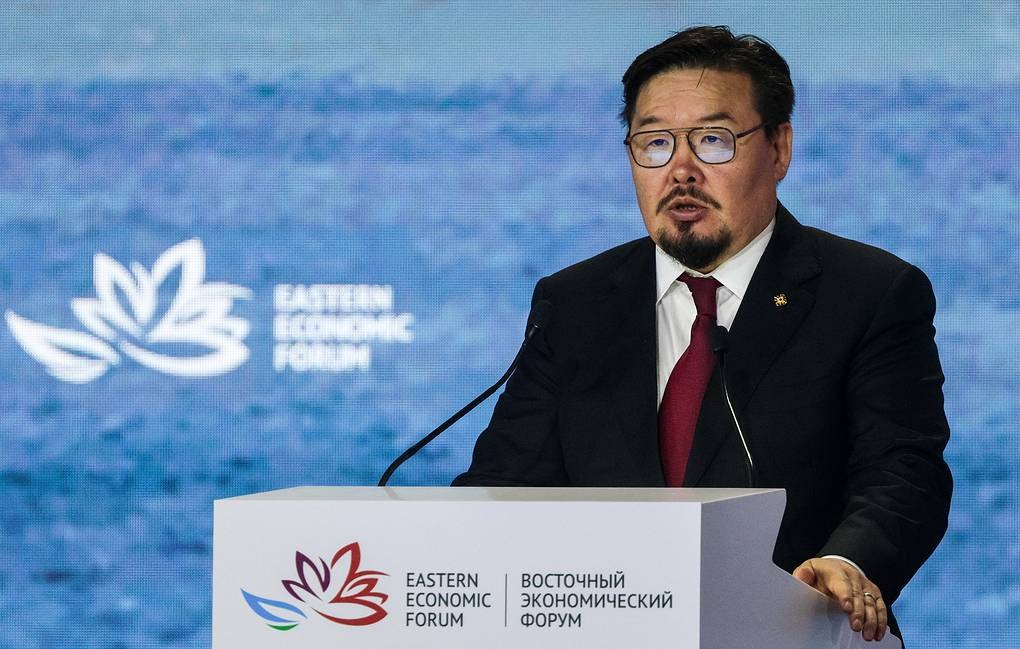
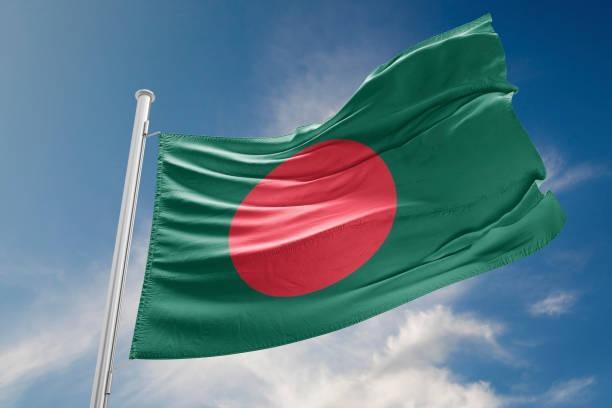
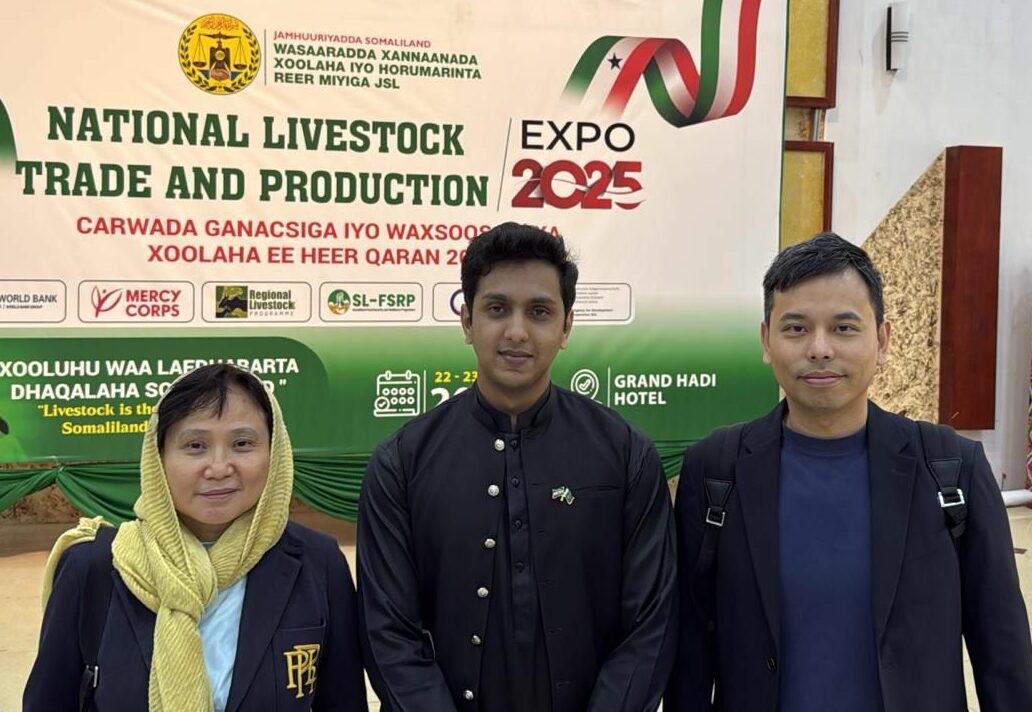
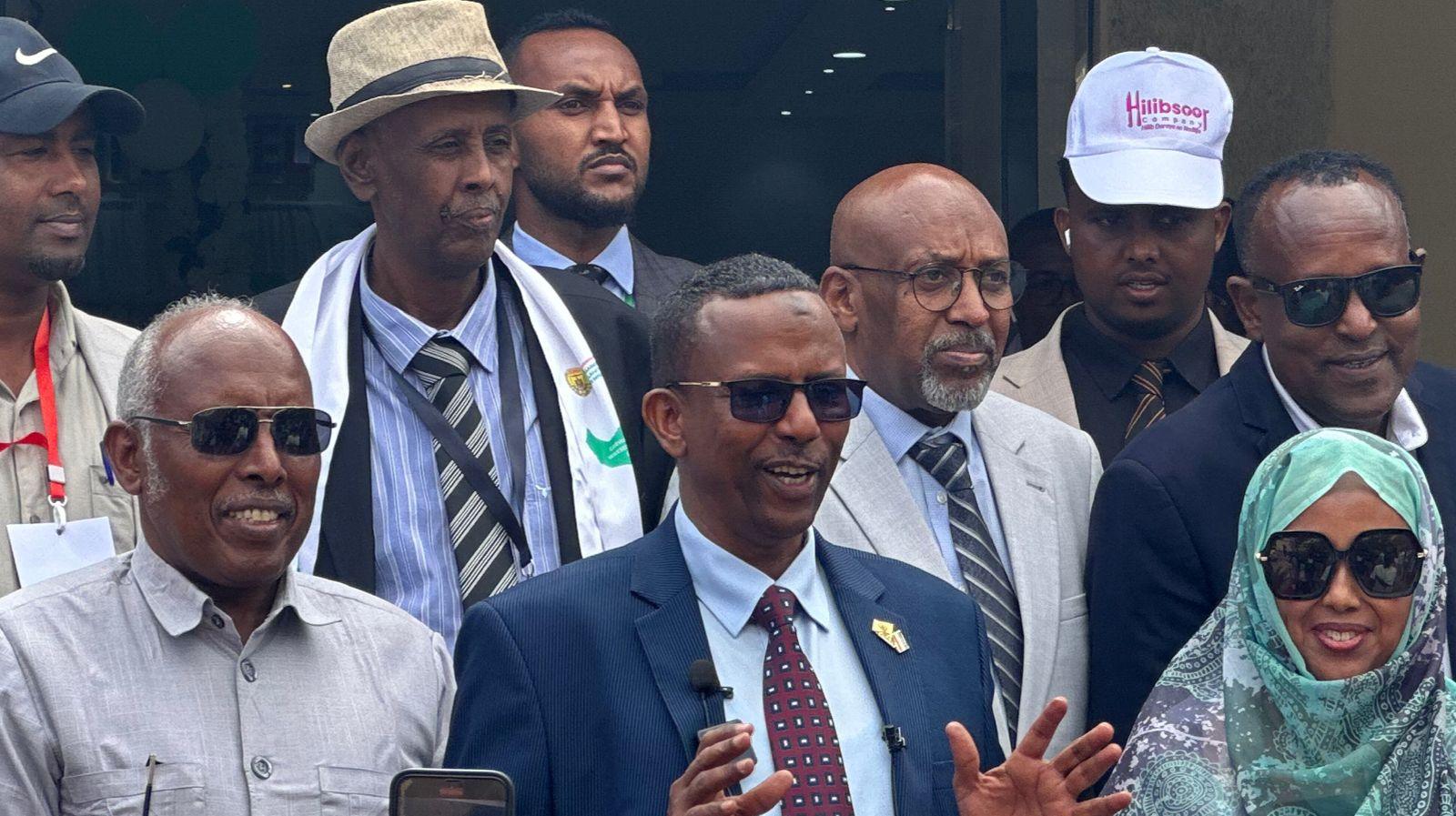
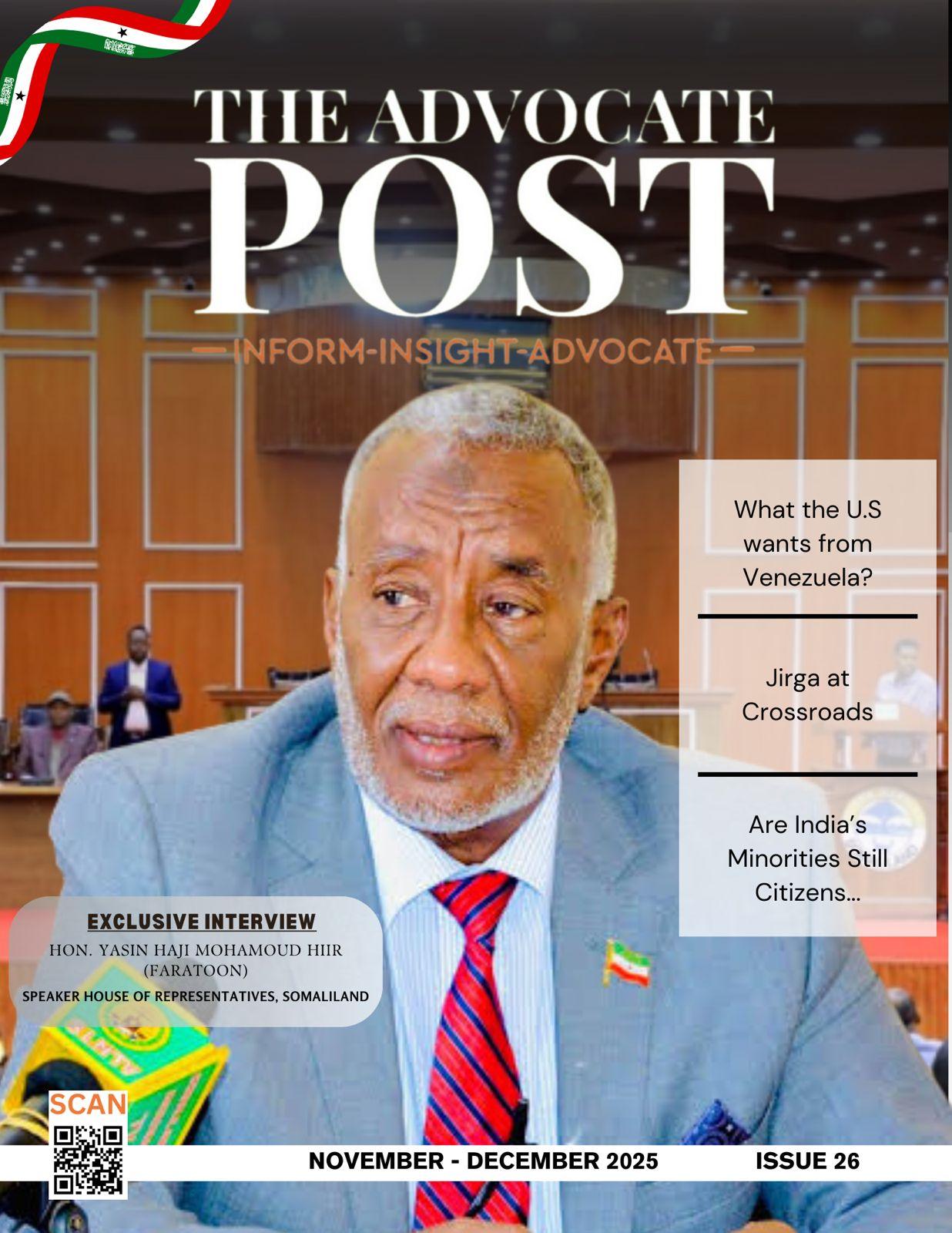
This Post Has One Comment
The relianceBlog comment creation on coal revenues and agency cuts may offer short-term gains, but it raises questions about how sustainable this turnaround really is. I’m curious whether the government has laid out any plans to diversify beyond commodities before external demand shifts again.